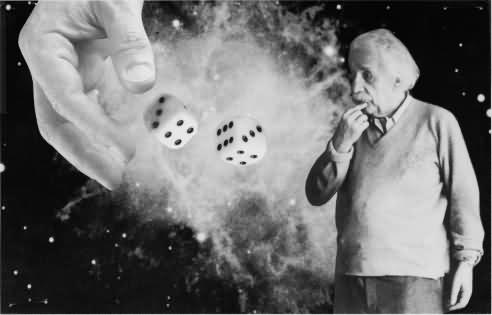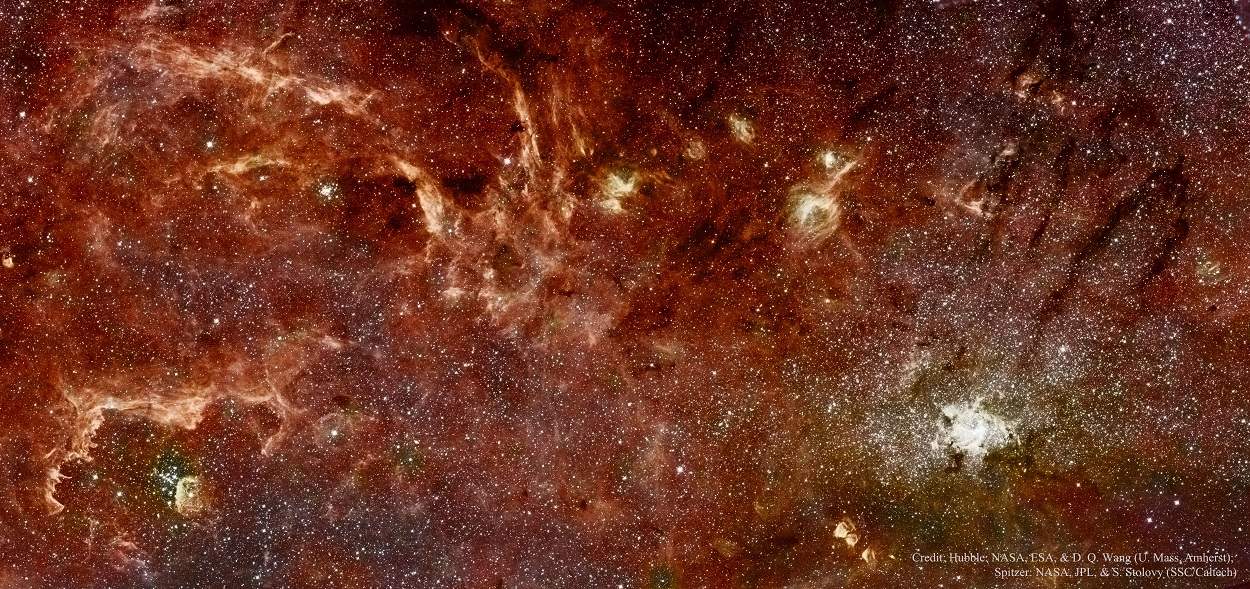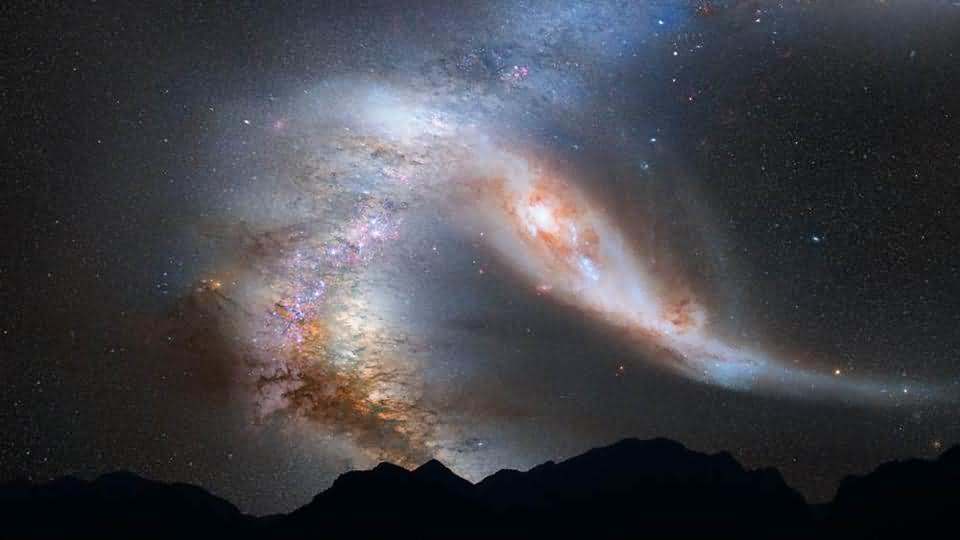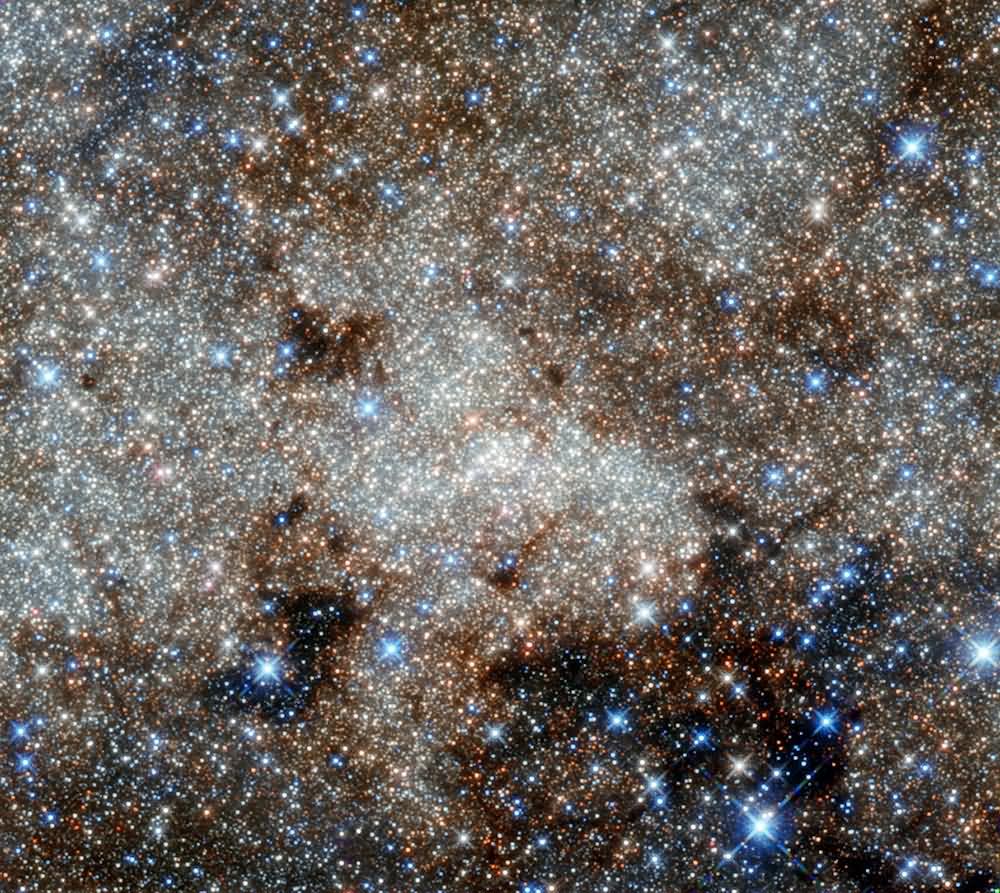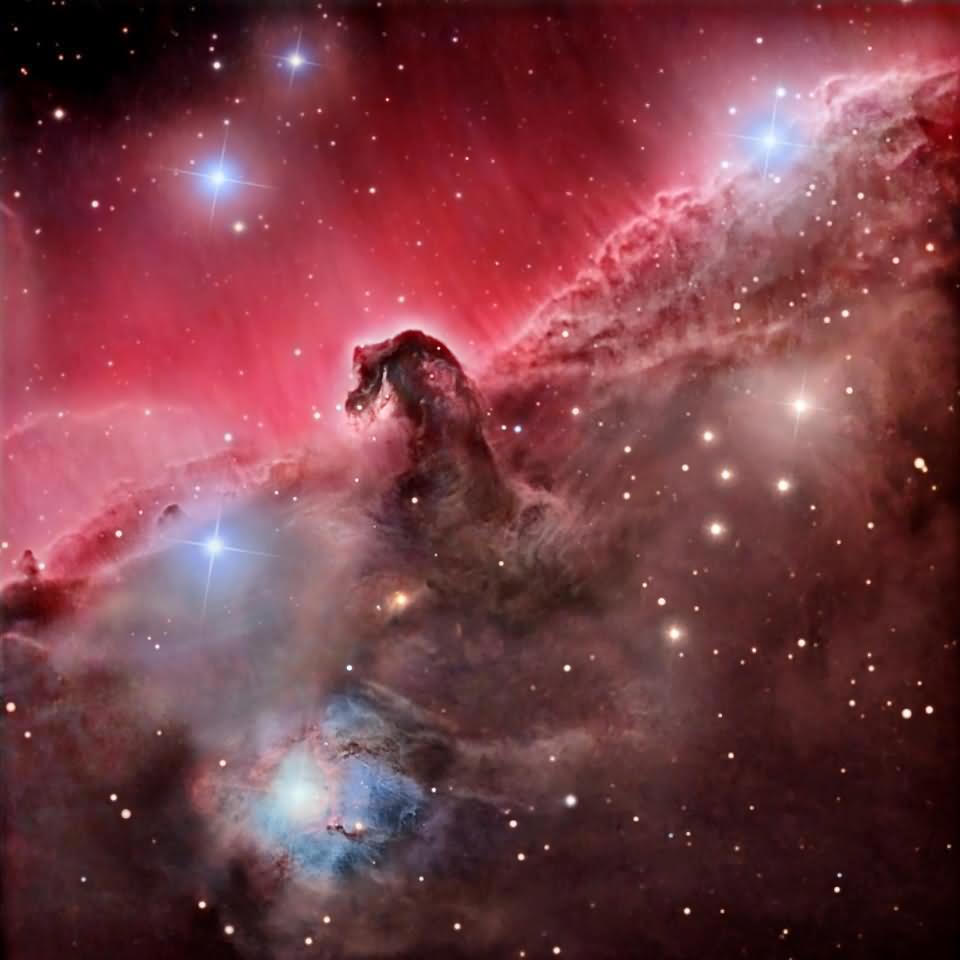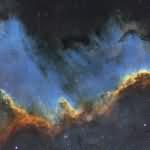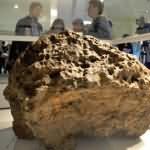THE LATEST IN THE DARK MATTER HUNT
The search for dark matter has been ongoing for a long time, and yet, it's safe to say, no interest in what it is has yet been fully grasped. Numerous theories have been proposed, but none have been proven or evidenced. We see and feel its effects, but it's as if it doesn't exist.
Gravity theory had been able to explain many things, like the orbit of planets around stars. But calculations showed that the gravitational pull of the amount of matter in the visible universe wasn't enough to form galaxies after the Big Bang. And the speed of the galaxies' rotation was far faster than what could be explained by the gravity of the matter within the galaxy. This overturned all our thinking. There was something out there, something we couldn't see, something we couldn't know existed, and its gravity was what allowed galaxies to form and spin so fast. Dark matter.
Dark matter cannot be seen at all, it does not interact with electromagnetic waves (light, radio waves, x-rays, etc.), or with matter as we know it. We only know its gravitational effect.
 Büyük patlamadan sonraki elde edilebilen ilk resim olan mikro dalga kozmik fon ışımasından inceleme yapıldıp evrendeki toplam kütleçekimsel enerjinin miktarı hesaplandığında, evrendeki enerji toplamının sadece %4’nü bildiğimiz madde oluşturmaktadır. %22’sini karanlık madde geriye kalanı ise karanlık enerjinin oluşturduğu tahmin edilmektedir. Karanlık madde için sürülen önerilerde WIMP's (the most likely candidates), axions, ordinary and heavy neutrinos, planets, and extinct stars.
Büyük patlamadan sonraki elde edilebilen ilk resim olan mikro dalga kozmik fon ışımasından inceleme yapıldıp evrendeki toplam kütleçekimsel enerjinin miktarı hesaplandığında, evrendeki enerji toplamının sadece %4’nü bildiğimiz madde oluşturmaktadır. %22’sini karanlık madde geriye kalanı ise karanlık enerjinin oluşturduğu tahmin edilmektedir. Karanlık madde için sürülen önerilerde WIMP's (the most likely candidates), axions, ordinary and heavy neutrinos, planets, and extinct stars.
Dark matter was first proposed by Fritz Zwicky in 1933. Disregarded for 40 years, dark matter resurfaced in 1970 when Vera Rubin and colleagues reasserted its existence, citing spiral galaxy trends as evidence. Subsequent calculations also demonstrated that its existence could not be ignored.
If dark matter does not interact with electromagnetic waves or matter in any way, how can we detect it?
 Whatever dark matter is, it's thought to be in particle form. And according to physics, this particle can interact with matter, even if very weakly. If dark matter is everywhere, it's likely to interact with matter. This interaction occurs as follows: When it interacts with an atom, light is emitted, and the atom is pushed. It happens just like an invisible hand pushing something. To make these detections possible, underground facilities have been established in several locations. This underground structure is necessary because it needs to be shielded from cosmic ray particles.
Whatever dark matter is, it's thought to be in particle form. And according to physics, this particle can interact with matter, even if very weakly. If dark matter is everywhere, it's likely to interact with matter. This interaction occurs as follows: When it interacts with an atom, light is emitted, and the atom is pushed. It happens just like an invisible hand pushing something. To make these detections possible, underground facilities have been established in several locations. This underground structure is necessary because it needs to be shielded from cosmic ray particles.
LUX has been operating at the Sanford Underground Research Facility for a short time, 1.6 km underground. LUX is housed in a 183 cm thick titanium tank, containing 3 tons of oxygen cooled to -150 degrees Celsius. Xenon It consists of the element. If dark matter interacts with one of these atoms, the repelled atom collides with another atom and emits photons and electrons. These electrons are attracted by the electromagnetic field, interacting with the gaseous xenon above, causing it to emit more light. Light detectors detect this. LUX's WIMP detectors are 20 times more sensitive than other detectors produced. It is also estimated that the detector for the future LUX-ZEPLIN, which is planned but not yet finalized, will be a thousand times more sensitive than LUX.
 LUX has been operating for the past three months, and while other ultra-cold silicon detectors have already detected three interactions thought to be WIMPs, LUX was expected to detect one every 80 minutes. However, it hasn't detected any in the past three months. The scientists stated that the search will continue.
LUX has been operating for the past three months, and while other ultra-cold silicon detectors have already detected three interactions thought to be WIMPs, LUX was expected to detect one every 80 minutes. However, it hasn't detected any in the past three months. The scientists stated that the search will continue.
Our other chance of detecting dark matter is to create it. If dark matter is a WIMP and its interactions are so weak, our detectors might not be able to detect its effects. In that case, we can try to create it. To create dark matter, our path leads to the Hadron Collider.
The answer to the question of what dark matter is may lie in the theory of supersymmetry. According to supersymmetry, a third, as yet undiscovered, particle family is said to exist that connects the two families of particles found in the Standard Model. This particle family could be dark matter. A heavy, inert, and invisible particle family is a likely candidate for dark matter.
 At the Hadron Collider, two protons travel at near the speed of light, traveling 27.35 km. At this speed, the protons are charged with immense energy, equivalent to a Toyota Corolla traveling at near the speed of sound. After the collision, this energy must go somewhere. It transforms into matter in the resulting particle cloud. At such an energy level, any particle can be created. However, finding this dark matter particle will be nearly impossible. Because the particle will pass through the collider without being detected by detectors, it won't be the particle we're looking for. By comparing the energy released with the energy from the collision and calculating the amount of energy lost, we can calculate the mass of dark matter. This provides significant evidence for the theory of supersymmetry.
At the Hadron Collider, two protons travel at near the speed of light, traveling 27.35 km. At this speed, the protons are charged with immense energy, equivalent to a Toyota Corolla traveling at near the speed of sound. After the collision, this energy must go somewhere. It transforms into matter in the resulting particle cloud. At such an energy level, any particle can be created. However, finding this dark matter particle will be nearly impossible. Because the particle will pass through the collider without being detected by detectors, it won't be the particle we're looking for. By comparing the energy released with the energy from the collision and calculating the amount of energy lost, we can calculate the mass of dark matter. This provides significant evidence for the theory of supersymmetry.
However, the 2010 collider found no evidence to support supersymmetry. Many physicists have begun to abandon this theory. However, some scientists believe this is just the beginning, and they have no intention of giving up. The Hadron Collider had not yet been operated at full power. It was operated only at half power during the collider. In 2015, the Hadron Collider will be operated at near full power. Although it currently has an energy capacity of 14 trillion electron volts, it will be operated at 11 trillion electron volts for safety reasons. In 2010, it operated at 8 trillion electron volts. It is believed that this collider, which will take place after two years of maintenance and updates, will provide the necessary evidence.
 Instead of waiting for the interaction of dark matter underground, a scientist named Samuel Ting is trying to find visible traces of dark matter left behind at the International Space Station, 322 km above the ground.
Instead of waiting for the interaction of dark matter underground, a scientist named Samuel Ting is trying to find visible traces of dark matter left behind at the International Space Station, 322 km above the ground.
So how can we detect traces of something invisible? In fact, if other particles can create dark matter, then dark matter can create these particles. According to this theory, when two WIMP particles collide, they annihilate each other, creating gamma rays and particles in their wake. Because these resulting particles have different characteristics, they can be identified as traces of dark matter.
Another theory argues that dark matter, until now thought to be a single particle, could be composed of multiple, different types of particles. If this theory is correct, it could interact with each other, form atoms, and even create its own dark stars and dark galaxies. This dark universe may not respond to our light, but it will respond to the light it creates. Investigating its own response to this light is the subject of another theory.
Sources and References:
Popular Science-Inside The Hunt For Dark Matter
Universe Today-New Dark Matter Detector Draws A Blank In First Test Round
Space Daily-Dark matter experiment deep in US gold mine returns first results
Wikipedia-Dark Matter



